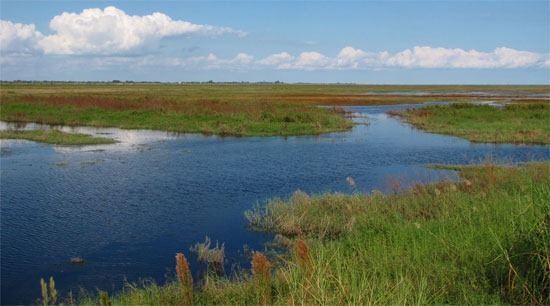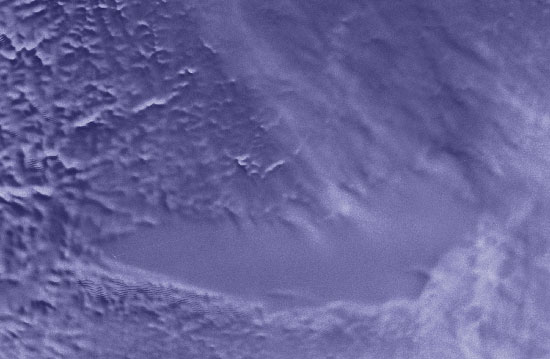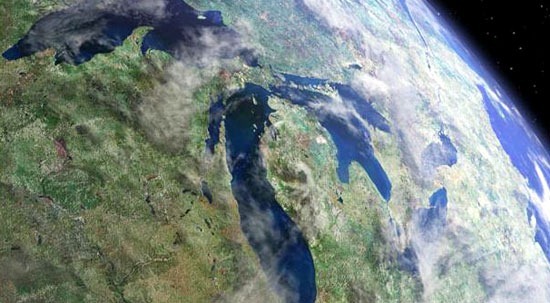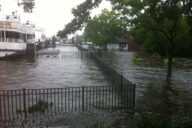Cleanup plan not enough to control Lake Okeechobee phosphorus, say conservation groups
0
Lake Okeechobee, Florida’s largest freshwater lake and the critical water supply for the Everglades ecosystem, receives more than 500 metric tons of phosphorus per year. A new cleanup plan aims to reduce that influx, but Audubon of Florida says it won’t be enough.
Florida pollution-reduction standards require the lake’s yearly phosphorus load to be lowered to 140 metric tons by 2015. Current efforts only reduce it by about 107 metric tons.
Audubon states that greater restrictions are required on the primary sources of phosphorus loading, which are fertilizer on farmland and lawns as well as animal waste from pasture land.
The existing cleanup plan fails to meet the “statutory duty” to lower nutrient loading in the lake, according to Audubon of Florida Executive Director Eric Draper.
“We believe it will neither resolve the water-quality problems of Lake Okeechobee and its downstream estuaries, nor those of the greater Everglades,” he wrote in a Dec. 8 letter to water district officials.
Among numerous other consequences, nutrient loading in the lake feeds blue-green algal blooms as well as other plants, the decaying remnants of which form a layer of muck along the lake’s bottom.
Phosphorus also feeds excessive growth of native cattails, which begin to crowd out native grasses in the lake’s littoral zone and in its interior marshes.
Additionally, phosphorus pollution is known to have a wide array of impacts on the Everglades’ food web. Periphyton, a small algae that forms the basis of the food web, is replaced with more pollution-tolerant algae. As periphyton and other organisms are replaced, oxygen levels decline, and the food web collapses.
Current practices to reduce phosphorus include fencing cattle away from drainage canals, building stormwater retention ponds on farms and ranches, and monitoring chemical levels in farmland to determine necessary fertilizer application more precisely.
The new plan would advance those efforts and others, and eventually chemical treatment of phosphorus, more stormwater reservoirs, and stormwater treatment areas could help further reduce phosphorus loading. But the Water Management District predicts that even those efforts would not be sufficient to meet the 140-metric-ton limit.
Audubon and Sierra Club members say that more source controls imposed on agriculture and other land users are required to have a significant impact on phosphorus loading into the lake.
How do you think Florida should address this phosphorus loading issue? Share your thoughts in the comments below.
Audubon calls for more agricultural pollution controls to clean up Lake Okeechobee [The Sun Sentinel] Threats: Excess Nutrients [LakeOkeechobee.org]
Image Credit: http://www.flickr.com/photos/riverbk/4078814697/













